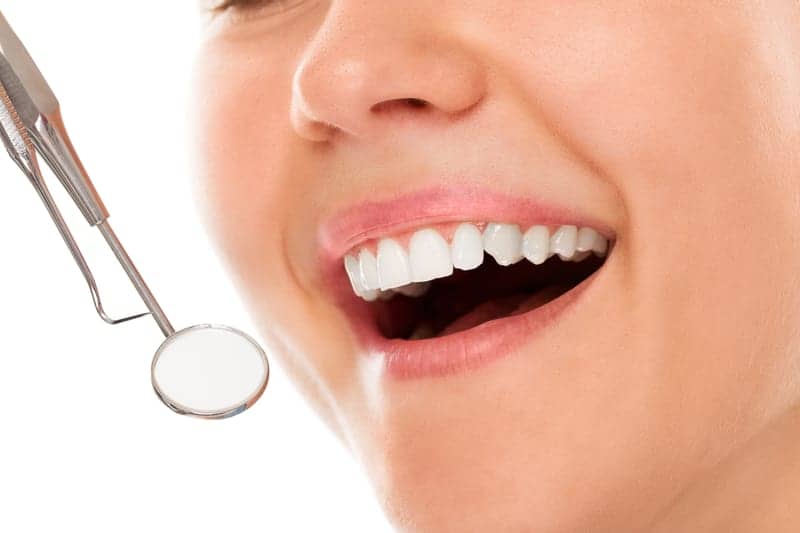When an expert refers to a “win-win-win environment” in sleep medicine, I pay keen attention. The triple-win was brought up by Daniel G. Klauer, DDS, DABCP, referring to dentists and physicians working together to treat obstructive sleep apnea (OSA). Patients get the best treatment for them, dentists treat cases with predictable results and obtain combination therapy support when required, and physicians gain access to additional resources and tools for their patients, Klauer said in a recent Sleep Review webcast.
Dental sleep medicine is increasingly becoming an integral part of the OSA diagnosis to treatment to follow-up patient flow. Media coverage of oral appliances is just one way patients are being alerted to the OSA therapy alternative, and awareness is likely to increase. For sleep medicine professionals, that means the time is ripe to benefit from dental sleep medicine’s growth.
One benefit dental sleep medicine offers is the additional route to increased OSA diagnosis in the population at large. While it may take rounds of referrals for a patient to land in a sleep center bed, the same patient is likely visiting his dentist every 6 months. “A minimum of 20% of your dental patients have sleep apnea. Most are undiagnosed,” said Dr Harold A. Smith, president-elect of the American Academy of Dental Sleep Medicine. A strong partnership will encourage the dentist partner to identify these patients and refer them to a physician.
It’s also a route for patients who fail CPAP to get back on a treatment plan. Dr Mayoor Patel, owner of the Craniofacial Pain and Dental Sleep Center of Georgia, noted that referrals go back and forth, sometimes several times. When appropriate candidates are given oral appliance orders, it opens many other opportunities for the sleep center, Patel said, such as in-lab titrations with the therapy and follow-up sleep studies.
To be sure, there will be growing pains. Currently, the biggest obstacle relates to misunderstandings surrounding payor coverage, according to our webcast poll. While there is no dental insurance code for oral appliances, there are medical insurance codes. Understanding how to bill correctly is essential. Patel mentioned Nierman Practice Management, GoGo Billing, and Medical Billing for Dentists as sources for billing education. And while many are uncertain how to handle Medicare patients, there are centers that show it can be done. Midwest Dental Sleep Center is a Medicare provider-supplier, said CEO Scott Craig, who explained that the dentist has to enroll as a DME supplier before being eligible for Medicare reimbursement. And it’s critical that patients stop being given the impression that oral appliances are a cash-only service, which is not true. (Read “How to Bill Medical Insurance for Oral Appliance Therapy” for a detailed explanation.)

Sree Roy
[email protected]
Bridging medicine and dentistry is perhaps best illustrated by combination therapy, the combining of PAP therapy with oral appliance therapy—an option that only becomes available when dentists and physicians work together. As Smith says, “The best of both worlds is combining the advantages of CPR, which the oral appliance does, with the advantages of continuous positive air pressure….The dentist has the capability of interfacing a PAP with an oral appliance to increase compliance with a PAP and help ensure successful patient outcomes.”
Sree Roy is editor of Sleep Review. CONTACT [email protected]



